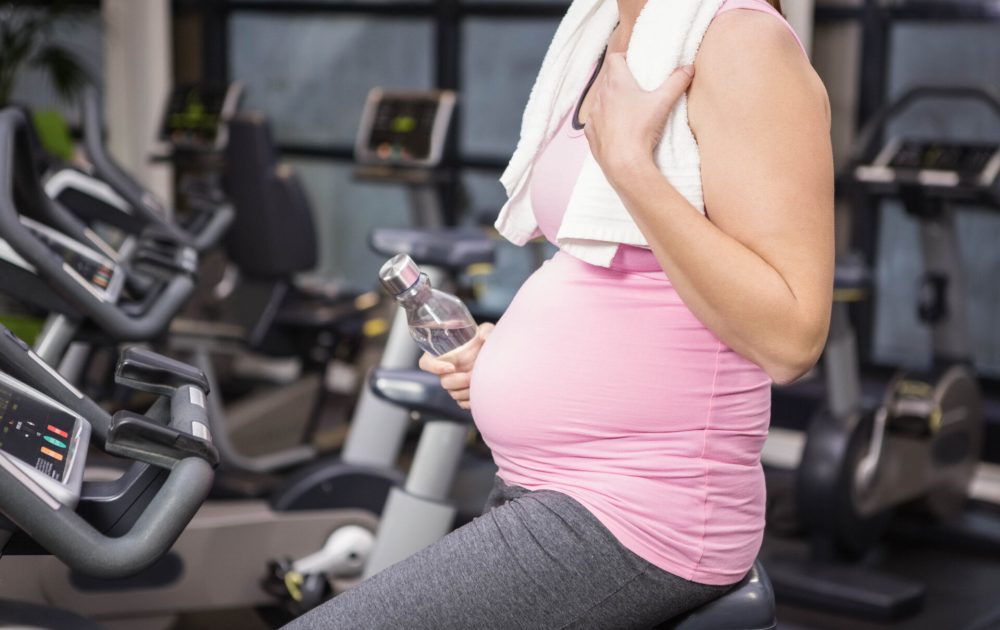Our test tells you which everyday chemicals you've recently come into contact with, and easy steps you can follow to reduce your exposure to them.
Can exercise reduce the effects of phthalates during pregnancy?

Master student Eva Poling at the University of Wyoming, USA has revealed some interesting findings in her study of mice exposed to Benzyl Butyl Phthalate (BBP) during pregnancy.
Her laboratory experiments exposed pregnant mice to BBP to test whether the harmful effects of this endocrine disrupting chemical could be reduced by exercise, in this instance wheel running. She hypothesised that exercise could have an antioxidant effect on pregnant mice and reduce the negative effects of exposure to BBP in their offspring.
The study found statistically significant differences between pups born by mice who had exercised during the trial. Male pups had detectable differences in body weight and anogenital distance (a key sexual development marker) when exposed to BBP during pregnancy when compared to pups of mice that were not exercised other than walking. The differences were significant in male pups only.
This study suggests that exercise might have an antioxidant effect on phthalates during pregnancy, reducing their effects by helping the body to expel them.
What can this tell us about reducing the risks of EDC exposure in human pregnancy?
Whilst laboratory experiments of this type can raise difficult questions, this scientific approach can shed useful insights on the health effects of EDCs that can’t be tested in human studies.
It is very hard to establish a correlation between maternal exposure to EDCs and exercise during human pregnancy but research in Europe is beginning to understand how harmful endocrine disrupting chemicals could be detected in the human body. This important research will one day shed light on the health effects of EDCs on future generations.
Exercise during pregnancy has positive health benefits on immune system health and is highly recommended. The mechanisms of reducing the effects of phthalates in the body during pregnancy are not understood yet, but this is an important step in the right direction in this study field.
Read the full study here.